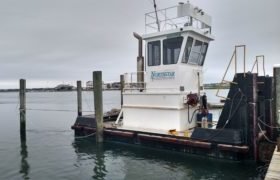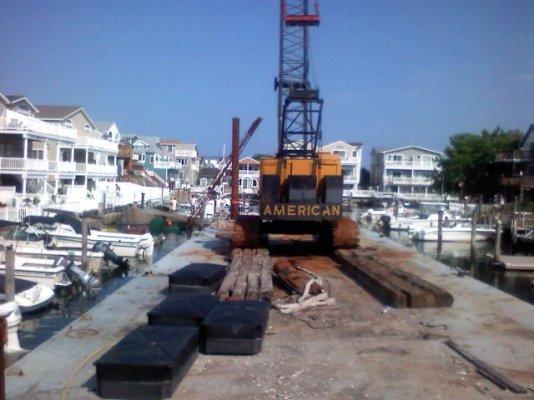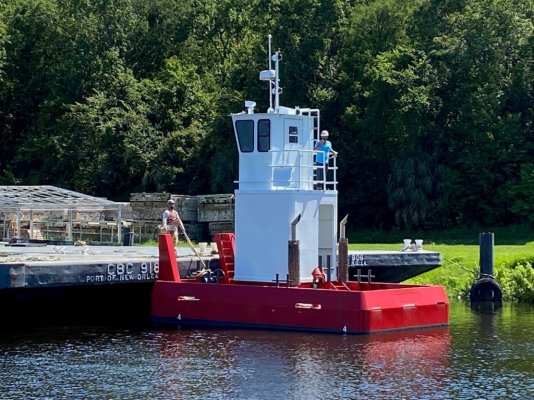Prop walk will help you control the stern obviously however on my single screw boats I have used the rudder to control my stern . controlling the bow with prop walk isn’t too effective forward motion will have control over the bow if you have a room for it. As far as twins One in forward and one in reverse using the throttles to control your forward or backward motion works quite well but I guess I’m not as sophisticated as you guys no I don’t worry about damaging the boat on the dock I’ve been running boats for over 40 years you do it your way I’ll do it mine I guess your way is your only way that matters anyways works for me may not work for you don’t know don’t care
I accept your apology.



